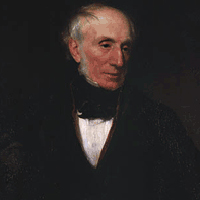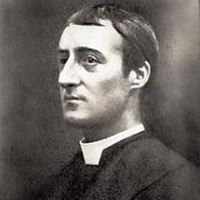Brown's Descent by Robert Frost: Summary and Analysis
The poem 'Brown's Descent' also known by the name 'The Willy-Nilly Slide' is written in the ballad form and appeared in 'Mountain Interval' (1916). In this poem Frost has drawn an unforgettable character in unmistakable terms.




